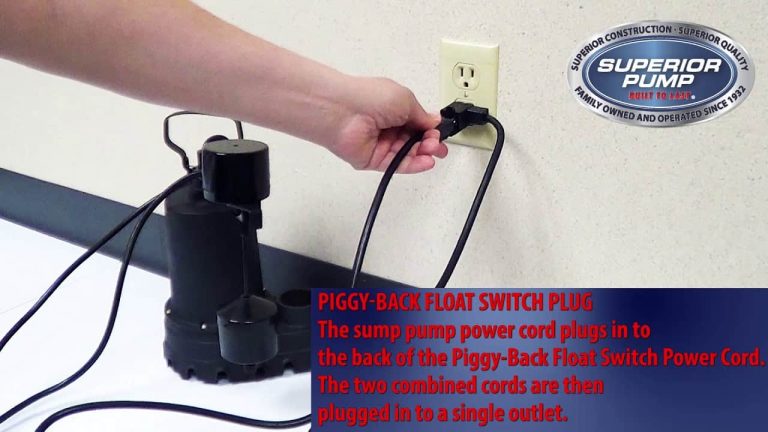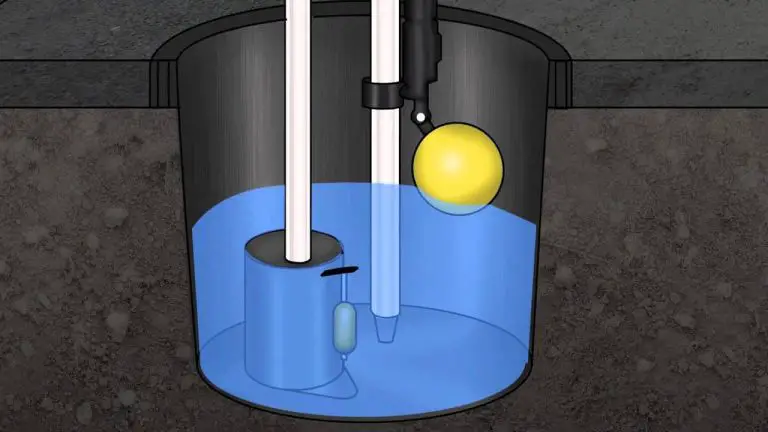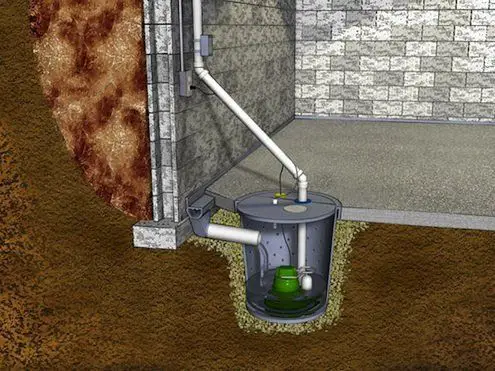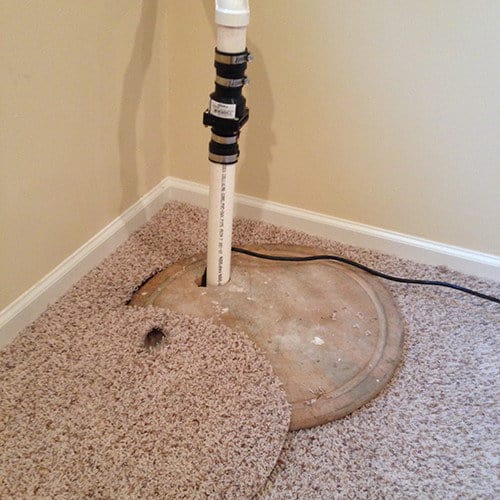How to Replace a Sump Pump
According to some studies, householders in flood-prone neighborhoods need to protect their investment against flooding. A sump pump helps prevent damage from floodwater by pushing the water away from the immediate area. If your sump pump is faulty, it may not function to full capacity, and your house could be at risk. Replacing your sump pump ensures you have the equipment necessary to reduce the floodwater from the basement when needed.
Some studies also show that the high quality sump pumps may last as much as 15 years. However, getting a new pump may also depend on:
- How often your pump works
- How much water it pumps
- How regularly you service it
Signs of a bad sump pump
There are some ways to tell if your pump needs replacing. These may include:
-
Irregular cycling
If your pump is running on and off or the water runs out much slower than usual, it may be time to replace the pump. Some experts also believe the valve may faulty and cause the sump pump to run continuously. Also, problems with the connecting wires may cause the pump to stop. Over time, the float switch may begin to drop, and the pump may run at odd times whether or not water is present.
-
The pump becomes noisy
Depending on the type of sump pump, there will be some level of noise when it is running. However, if your pump is rattling or making loud, squeaking noises, it may need replacing.
Also, if the motor is louder than usual, it’s a sign it could burn out. You can also check the impeller to see if there are any clogs in the blades that are emitting loud noises. Faulty check valves may also cause noise inside the sump pump.
-
Clogs in the pump
If your pump does not have a cover, gravel, dirt, silt, and other material may collect and block the pump over time.
Sludge left at the bottom may also block the inner pipes and valves and stop the float switch from cycling the pump.
-
Wear and tear
If your pump is at least ten years old or over, it may start to break down more often.Older pumps will wear down and may shut off just when you need it most.
How to change a sump pump
- Start by cutting off the power supply to the sump pump.
- Next, take off the pump cover and disconnect the sump pump cable.
- Detach the water discharge line from the pump. Check the pipe that runs through the present line, and then select the length of the pipe you require.
- Remove the old pump from the sump basin. Cut the pipe length that you need to connect it to the new pump.
- When you find the discharge opening on the replacement pump, connect the new pipeline to the adapter.
- Apply some plumber’s glue to seal the joint and make it watertight.
Place the pump in the sump basin
As you let the new pump down into the pit, make sure it sits upright in the sump basin and that it stays level. Avoid allowing the new pump to touch the pit walls or getting caught up in the connecting wires. Also, try to keep the new pump away from the float switch or backup pump. If the pump is offline, you may need to shore it up with a strip of material underneath the pump to help keep it steady.
Check to ensure that no objects are blocking the float switch. Also, make sure the pump is at the correct level to trigger the pump efficiently.If your float switch lies too close to the bottom, the pump may run continuously. However, if it is too high, it may miss the signal when the water starts to rise.
Attach the discharge lines
Fix the discharge lines onto the pipe and ensure you reconnect the valve. If the connection is loose, flood water may flow back into the sump pump.
Troubleshooting the sump pump
After everything is in place, test the new pump to see how it is running. Reconnect the power supply and pour some water into the pit to see how well it will kick in. After the pump starts, observe how well the pump sends water out through the lines.
How to replace a sump pump float
The sump pump float switch is essential to ensure your pump is working to full capacity every time. Over time, however, the float switch may need replacing due to damage or old age. Here’s how to replace the float:
- Open the switch by detaching the connecting screws on the pump. Locate the inner electric switch and take it out. Place the new switch in place and seal it with some plumber’s glue. Let it dry and set in the pump before you test it out.
- Use a plug-in switch. Some experts suggest installing a plug-in switch if you’re not up to uprooting the old float switch. You may then use a concrete sealer to skip the electrical parts of the switch on the pump. Next, use a screwdriver to attach the plug to the outer part of the switch outlet.
Conclusion
Your sump pump will usually give you as much as ten years of quality service, provided you maintain it regularly. However, like most machines, it will experience normal wear and tear and breakdowns from time to time. Replacing a sump pump depends on how hard it works, and the volume of water it pumps when needed. The process of replacing your sump pump is simple and involves a series of steps to ensure that the sump is ready to work during rain, snow, or storm.




